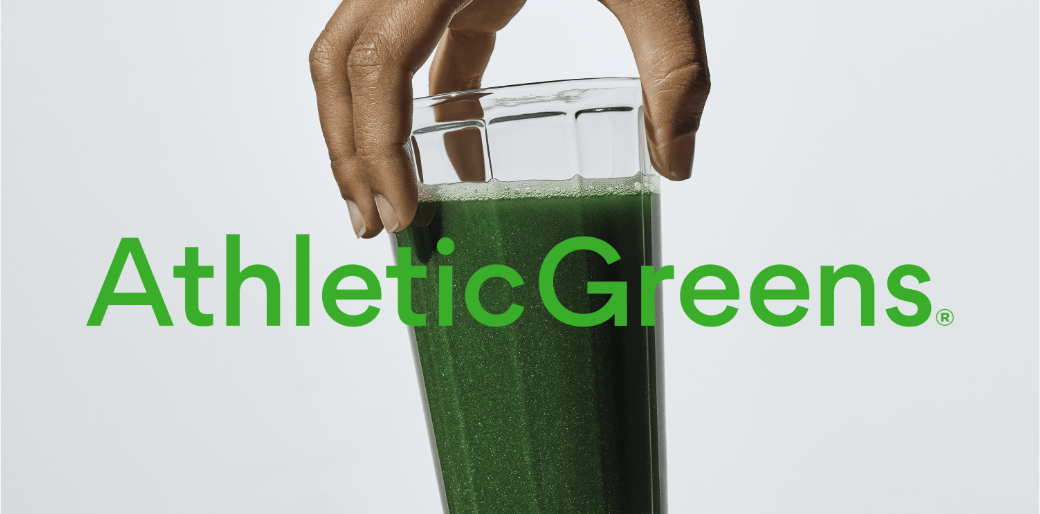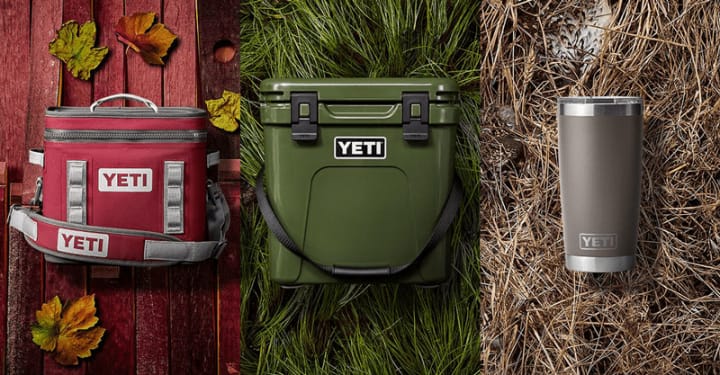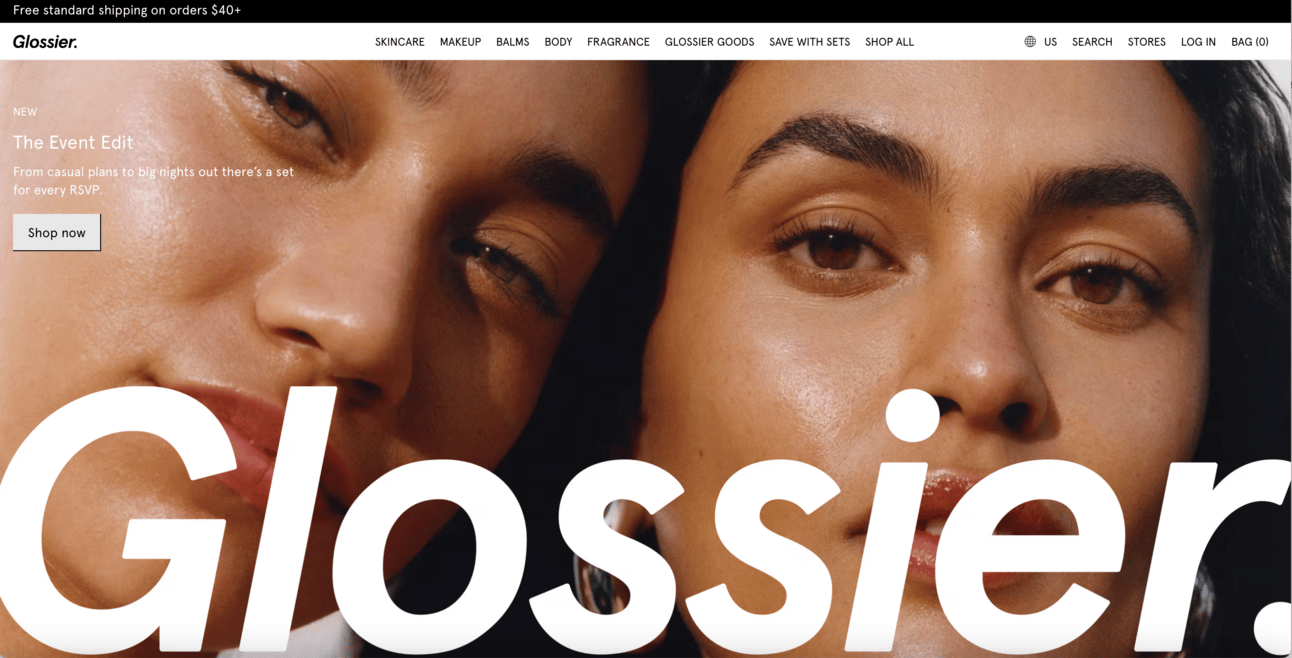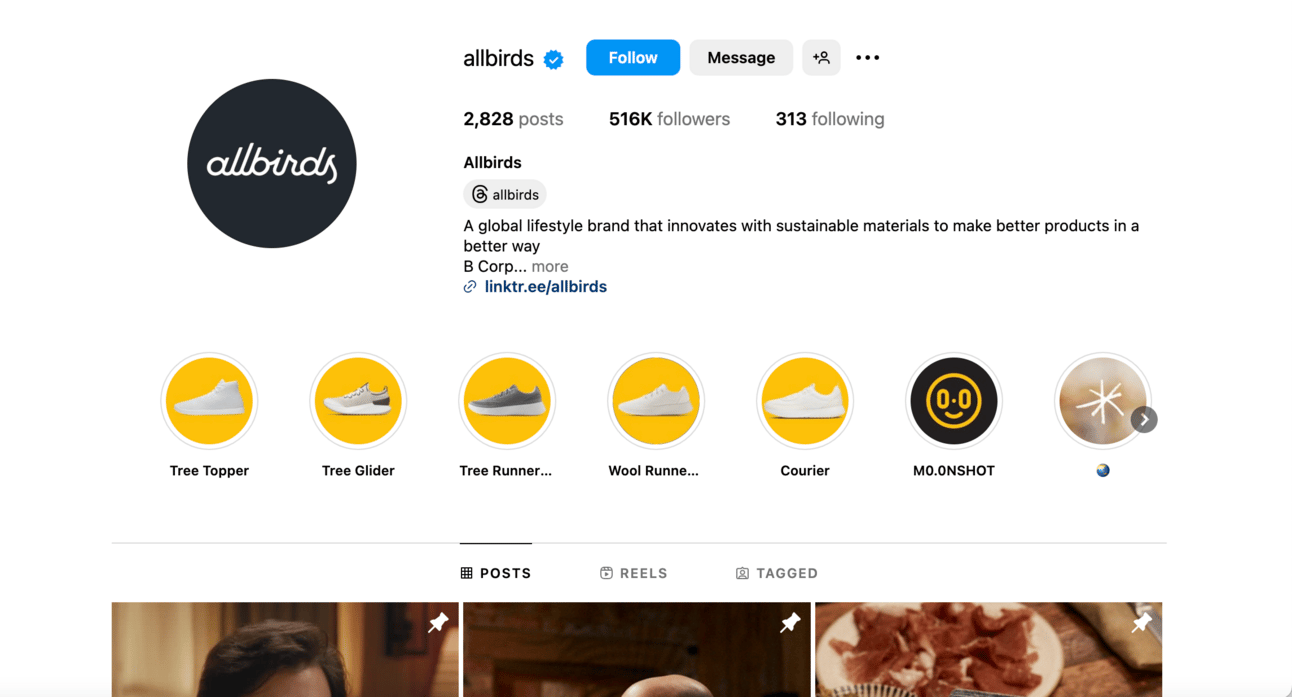- Minimum Viable Brand
- Posts
- Brand Before Product? Why It’s Not Crazy in B2C
Brand Before Product? Why It’s Not Crazy in B2C
Because in consumer startups, the story sells before the solution.

In B2B, people buy outcomes.
In B2C, people buy belief.*
That’s why in the consumer world, there are times when it makes sense to lead with brand before you’ve even finalized the product (yes, really).
To some, that sounds backwards.
“Shouldn’t the product be perfect before you start marketing and selling?”
“Isn’t brand what you layer on after you have traction?”
Not always. In B2C, your brand is the traction mechanism. It’s how you get people to pay attention, to care, and to share. And it’s often how you learn what to build in the first place.
Let’s dig into why.
*In case you need a reminder: B2B means “business to business” or selling to other businesses. B2C means ”business to consumer” or selling directly to consumers and everyday people, not companies.
B2C is about identity, not just utility
In consumer categories—wellness, fashion, food, personal finance, lifestyle, etc.—people don’t just ask, “What does this do?”
They ask, “What does this say about me?”
That’s why someone spends more on a YETI tumbler when a basic travel mug could do the job. Or chooses Allbirds over generic sneakers from JCPenney. Or follows a startup’s Instagram account before ever downloading the app.
In B2C, we use brands to signal who we are, what we value, and how we see the world. A strong brand creates a shortcut to that connection. It lets your early audience say, “That feels like me.”
And they don’t need a polished product to feel that way. They need a vibe. A point of view. A promise.

YETI didn’t just set out to sell coolers—they also built a strong brand outdoor enthusiasts could see themselves in.
When the story is the product (at first)
This “brand first” dynamic is especially relevant when you’re entering a crowded category or trying to change behavior.
Take beauty brand Glossier. Before they launched any products, they launched Into The Gloss, a beauty blog that felt like a backstage pass to how real women actually used products. They built trust, credibility, and community before they ever sold a serum.
Or look at Athletic Greens (now AG1). The formula changed over time. But the brand? From the start, it spoke directly to a high-performance, self-optimization mindset. Their voice, visuals, and lifestyle focus made it feel like a movement—long before it was a household name.
Or how about project management software provider Basecamp? Before they launched a single feature, they built a loyal following through their blog—which attracted 25,000 to 50,000 readers a month. Once they did launch, their built-in audience of believers, who had already bought into the brand’s ethos on product management, were ready to adopt.
In all of these cases, the brand wasn’t decoration. It was the hook. The magnet. The thing people believed in before the product was even fully shaped.

Before launching a single product, Glossier focused on building trust and dialogue—so when it did launch, its audience was already sold.
What “brand before product” really looks like
To be clear, this doesn’t mean ignoring the product. It means building the emotional foundation that gives your product a place to land.
Here’s what that can look like in practice:
Clarify your point of view
What do you believe that your category is getting wrong—or missing completely? Say it plainly. That’s your brand’s backbone.Craft a visual identity that resonates
Even if it’s simple. One color palette, one font, one logo. You want to look like you belong in your audience’s life, not like a placeholder waiting for yourSeries A
Build your voice early
The way you talk matters. Are you a coach? A friend? A rebel? A guide? Make it consistent across your socials, waitlist emails, and landing page copy.Start community before commerce
Use a newsletter, Instagram, Discord, TikTok…whatever makes sense. Share ideas, values, humor, aesthetics—anything that helps your audience feel like you see them.Use brand to gather signal
Pay attention to which messages spark likes and replies. Which visuals get saved. Which phrases get repeated back to you. That’s early product-market resonance, showing up through brand.

For Allbirds, success goes beyond the product. Their consistent, personable presence across platforms like Instagram keeps the brand top of mind.
But does it work?
Let’s put it this way: when you build brand early in B2C, your product doesn’t launch—it lands. It shows up to an audience that’s already listening. Already curious. Already bought in emotionally, even if they haven’t bought physically yet.
And that kind of early traction—measured in conversation, attention, and community—is often more valuable than a perfectly polished MVP.
Because what you're really validating isn’t just the product. It’s the why behind it. And that’s what fuels everything that comes next.
Final thought
In B2C, people don’t always wait for the product to be ready. They buy into the story, the stance, the feeling first.
So if you're building a consumer brand, don’t treat brand as a wrapper you add at the end. Treat it as the platform you build from.
Because in the consumer-led world where belief precedes behavior, brand doesn’t just support the product; it drives initial demand for it.
And, most importantly, it’s how you earn what matters most in the beginning: belief—before the product is even live.
Best,
Edwin
What did you think about this week's newsletter? |